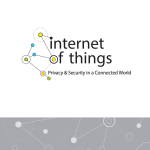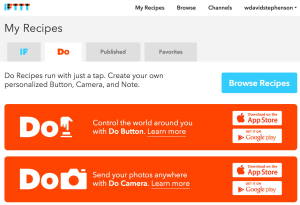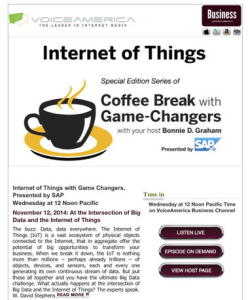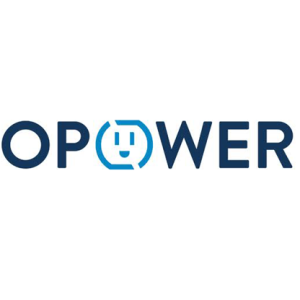SEC Chair Edith Ramirez has been pretty clear that the FTC plans to look closely at the IoT and takes IoT security and privacy seriously: most famously by fining IoT marketer TrendNet for non-existent security with its nanny cam.
Companies that want to avoid such actions — and avoid undermining fragile public trust in their products and the IoT as a whole — would do well to clip and refer to this checklist that I’ve prepared based on the recent FTC Report, Privacy and Security in a Connected World, compiled based on a workshop they held in 2013, and highlighting best practices that were shared at the workshop.
-
Most important, “companies should build security into their devices at the outset, rather than as an afterthought.” I’ve referred before to the bright young things at the Wearables + Things conference who used their startup status as an excuse for deferring security and privacy until a later date. WRONG: both must be a priority from Day One.
-
Conduct a privacy or security risk assessment during design phase.
-
Minimize the data you collect and retain. This is a tough one, because there’s always that chance that some retained data may be mashed up with some other data in future, yielding a dazzling insight that could help company and customer alike, BUT the more data just floating out there in “data lake” the more chance it will be misused.
-
Test your security measures before launching your products. … then test them again…
-
“..train all employees about good security, and ensure that security issues are addressed at the appropriate level of responsibility within the organization.” This one is sooo important and so often overlooked: how many times have we found that someone far down the corporate ladder has been at fault in a data breach because s/he wasn’t adequately trained and/or empowered? Privacy and security are everyone’s job.
-
“.. retain service providers that are capable of maintaining reasonable security and provide reasonable oversight for these service providers.”
-
‘… when companies identify significant risks within their systems, they should implement a defense-in -depth approach, in which they consider implementing security measures at several levels.”
-
“… consider implementing reasonable access control measures to limit the ability of an unauthorized person to access a consumer’s device, data, or even the consumer’s network.” Don’t forget: with the Target data breach, the bad guys got access to the corporate data through a local HVAC dealer. Everything’s linked — for better or worse!
-
“.. companies should continue to monitor products throughout the life cycle and, to the extent feasible, patch known vulnerabilities.” Privacy and security are moving targets, and require constant vigilance.
-
Avoid enabling unauthorized access and misuse of personal information.
-
Don’t facilitate attacks on other systems. The very strength of the IoT in creating linkages and synergies between various data sources can also allow backdoor attacks if one source has poor security.
-
Don’t create risks to personal safety. If you doubt that’s an issue, look at Ed Markey’s recent report on connected car safety.
-
Avoid creating a situation where companies might use this data to make credit, insurance, and employment decisions. That’s the downside of cool tools like Progressive’s “Snapshot,” which can save us safe drivers on premiums: the same data on your actual driving behavior might some day be used become compulsory, and might be used to deny you coverage or increase your premium).
-
Realize that FTC Fair Information Practice Principles will be extended to IoT. These “FIPPs, ” including “notice, choice, access, accuracy, data minimization, security, and accountability,” have been around for a long time, so it’s understandable the FTC will apply them to the IoT. Most important ones? Security, data minimization, notice, and choice.
Not all of these issues will apply to all companies, but it’s better to keep all of them in mind, because your situation may change. I hope you’ll share these guidelines with your entire workforce: they’re all part of the solution — or the problem.






